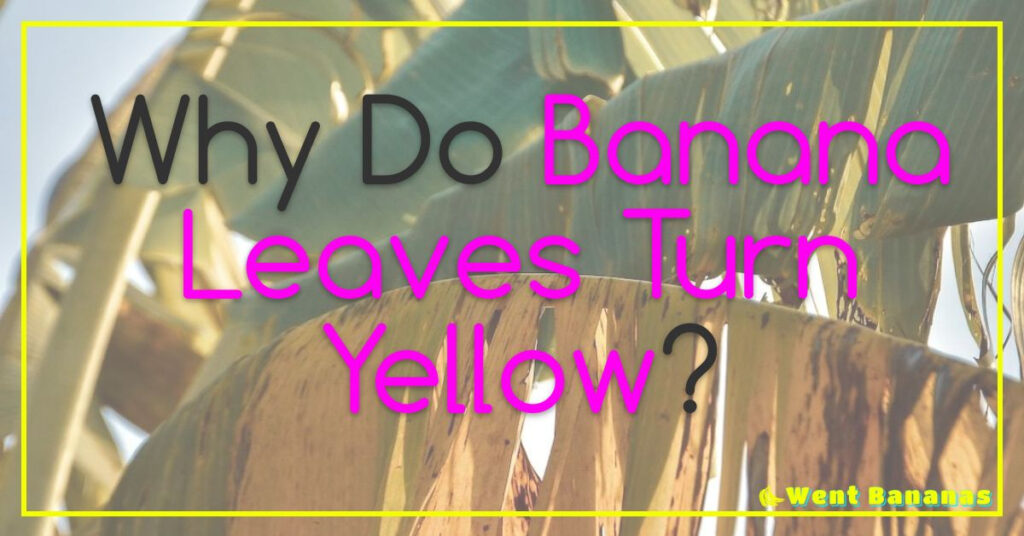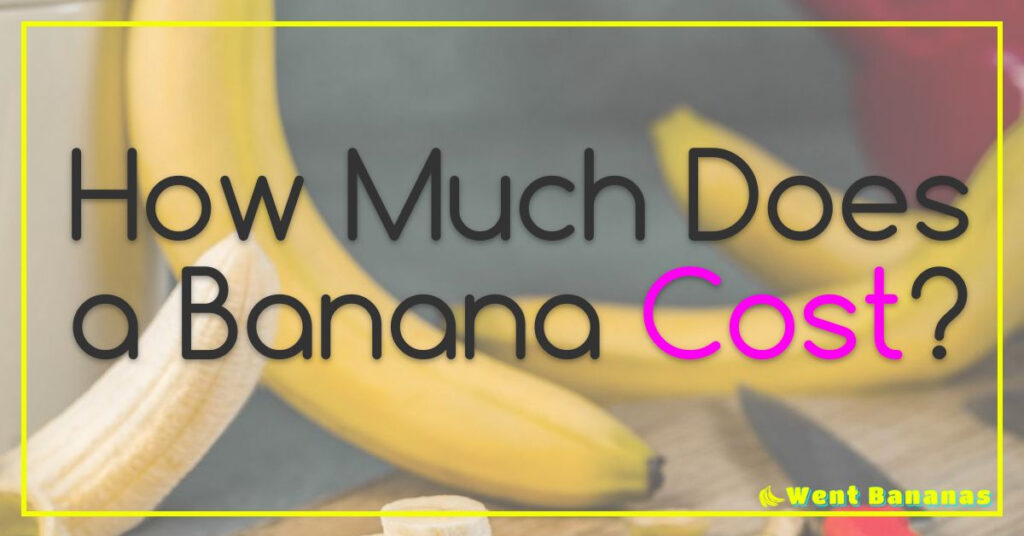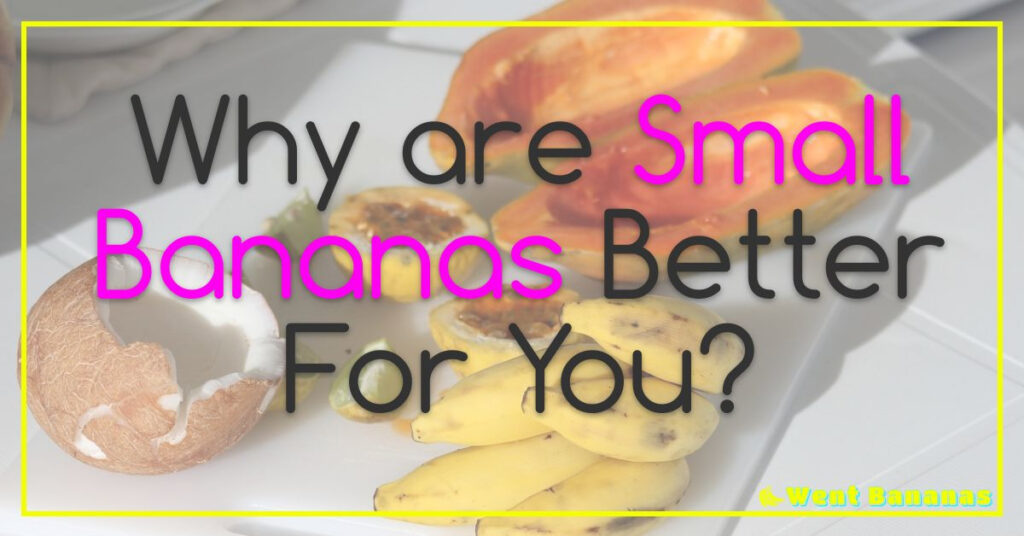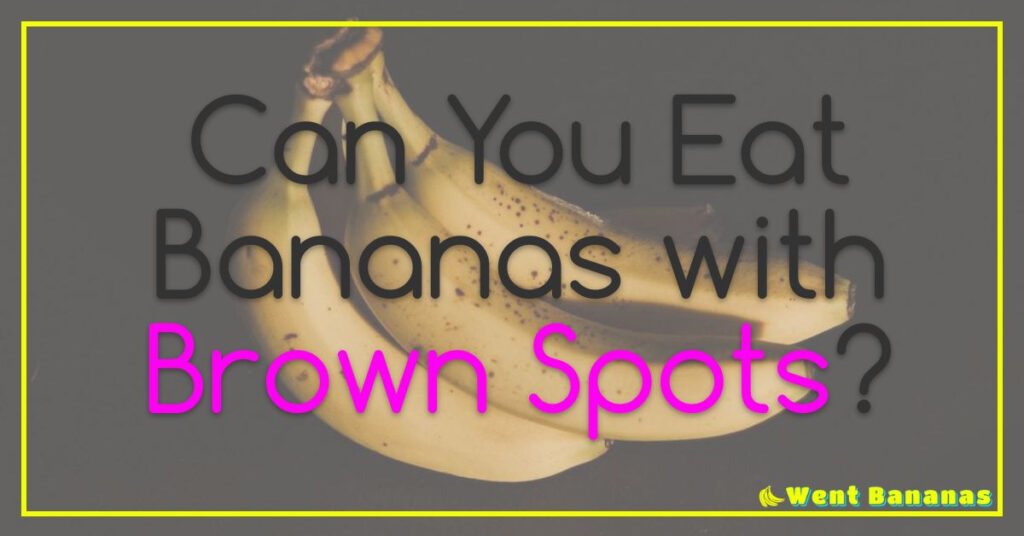Banana trees are a versatile and useful type of tree that can provide many benefits to your garden. With their big, beautiful leaves, they can be a great addition to any landscape or garden.
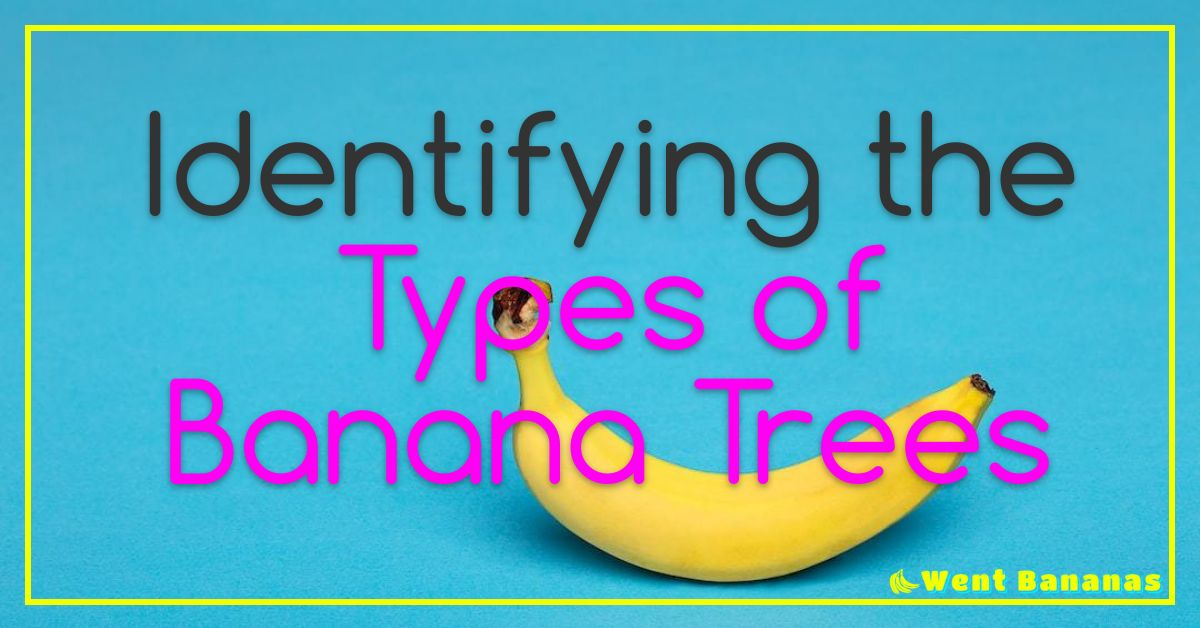
However, it is important to properly identify the type of banana tree you have in order to get the most out of it. In this article, we’ll cover how to identify the type of banana tree, the different types of banana trees and the benefits of each, how to choose the right type for your needs, and the best time of year to plant a banana tree.
So, keep reading to find out more about how to identify and care for the perfect banana tree for your garden!
How to Identify the Type of a Banana Tree.

Identifying the species of a banana tree can be a challenging task. Fortunately, with careful observation and knowledge of certain characteristics, it is possible to differentiate one species from another.
To begin with, examine the shape of the leaves. For example, Musa acuminata has long narrow leaves while Musa Balbisiana typically has broad and fan-shaped foliage.
Additionally, check whether there are bristles on the underside or surface of the leaf; most vigorous banana varieties feature neither whereas others may be slightly rough in texture to touch due to the presence of simple hairs or trichomes around their margins or veins.
In many cases assessing how dense clusters is also useful for determining different types since some genera produce much denser clusters than others like Dessert Bananas which taste more sugary than other bananas tend to be looser bunch types than cooking varieties like Plantains usually grow in tight bunches.
Finally observe changes that plants undergo during ripening – as some fruits develop intensely sweet flavor after turning bright yellow color while Plantains remain firm even when fully ripe, which helps determine their type as well.
The Different Types of Banana Trees.
Bananas are one of the most versatile and tasty tropical fruits, amongst other sub-tropical varieties. Bananas can grow on trees that range in size, climate requirements, and flavor variety. There is a multitude of banana tree species that have adapted to specific climates and geographical locations around the world over centuries.
The banana plant comes from two major types: Cavendish bananas (which are commonly found in supermarkets) which originate from East India/ Southeast Asia region; and Plantains originating from West Africa, Central/ South America regions, or Caribbean Islands.
Both varieties largely thrive on tropical weather patterns but they have different ripening periods depending upon their origin as well as needs regarding temperature when it’s the fruiting season for each tree type respectively; there are certain variations listed below:
- Dwarf Cavendish – grows up to 8 feet in height, and requires moist soil with high drainage capacity (Warm – Hot), good air circulation & more water during flowering seasons.
- Musa Basjoo– A hardy Japanese species capable of surviving cold temperatures down to -9 C/-14F degrees Fahrenheit, more tolerant than the Dwarf Cavendish variety, has large purplish flowers followed by bunches of yellow fruit.
- Pisang Raja – originates from Indonesia & Malaysia and grows up many meters high producing big sweet cream colored smaller-shaped fruits with intense aromas if left unripe on their own while still hanging off the branch then it’ll ripen naturally.
The Benefits of Each Type of Banana Tree.
Bananas are incredibly versatile fruits, with different species being suited to a wide array of natural niches. Each type of banana tree has unique characteristics that offer a variety of benefits and advantages when it comes to cultivating them in a garden or agricultural setting.
The sturdy Cavendish banana tree, for instance, can survive colder temperatures than many other varieties and is resilient against some plant diseases which could otherwise cause your harvest to fail. On the other hand, Goldfinger banana trees bear easy-to-peel yellow fruit with an exotic sweet flavor – making them ideal for juicing or baking into desserts.

Then there’s the Burro Banana tree whose thick leaves help insulate its crop from wildly fluctuating weather conditions like frost – ensuring well-developed fruits throughout each season regardless of external temperature shifts. Plus these juicy delights contain 40% more potassium compared to regular bananas!
Finally, you have Blood Plums which have exceptionally dark skin (unlike conventional blueish bananas) donning just enough pink hues around their stem creating an almost raspberry-lookalike effect due to their lower sugar content levels giving them slightly more intense flavors than regular commercial bananas found at grocery stores these days.
How to Choose the Right Type of Banana Tree for Your Needs.
Deciding which type of banana tree to purchase can be a daunting task. As there are several different varieties available, selecting the right one for your needs is vitally important. Fortunately, with a bit of research and knowledge, you can identify the perfect banana tree variety for your garden or landscaping project.
When making this decision, it is advisable to understand each type’s nutritional demands, growth conditions, and other factors before planting in order to ensure success.
Consideration should also be given to what kind of bananas will eventually be harvested when choosing an appropriate species. Depending on the desired flavor profile and purpose (eating fresh vs being used for juice or smoothies), some varieties may work better than others due to softer flesh or sweeter taste profiles when ripe since many store-bought bananas are usually harvested prematurely and lack optimal sweetness potential that ripening on-the-tree provides in most cases.
Before buying any particular variety it should also always be determined if cold hardy types are required depending on the winter temperatures where these plants will reside as some only survive warm climates while other genetic lines require cooler temperatures during their flowering cycle in springtime prior to full fruition.

« Do Banana Trees Like Coffee Grounds as Fertilizer?
What Are Yelakki Bananas? »
In addition, make sure there is enough space between trees so they have easy access to light exposure via sunlight; this tends to optimize yields particularly smaller scale operations with limited areas compared to commercial plantations utilizing larger expanses of land space arrangements create maximize outputs within – areas dedicated just cultivation easily gestate harvestable crops quicker amounts seasons yield value outcomes versus traditional farming techniques.
The Best Time of Year to Plant a Banana Tree.
Planting a banana tree is best done during the spring and summer months, due to their optimal growing conditions. Banana trees require Warmth, plenty of sunshine, and plentiful humidity to thrive.
Different varieties of bananas have varying sunlight requirements: some need partial shade while others can take full sun exposure. However, it’s best not to expose your tree directly to the midday sun or else it could suffer from heat damage or scorching leaves.
In addition to regional climate considerations, make sure you provide adequate drainage for the soil when planting a banana tree outdoors so that its root system doesn’t become waterlogged after heavy rains or irrigation cycles; then spread organic matter such as peat moss across the surface before covering with mulch material (like wood chips) for temperature maintenance during winter seasons.
Experiment with different types of banana plants suited towards your climate in order to find one that fits well into your landscaping arrangement; whether it be hardy Musa basjoo able to tolerate temperatures down twenty degrees Fahrenheit–or if you are looking for an exotic ornamental cultivar such as Musa Velutina better equipped for warmer climates around sixty-five degrees Fahrenheit throughout winter periods.
Final Thoughts
In conclusion, there are many different types of banana trees, each with its own unique characteristics and benefits. When selecting a banana tree for your yard or garden, it is important to consider the type of climate you have to ensure that you choose the right one for your needs.
If you’re still unsure about which variety is best for you or when the best time to plant a banana tree might be – don’t worry! Simply join our newsletter and get all the advice and tips needed from experts in order to make an informed decision.







